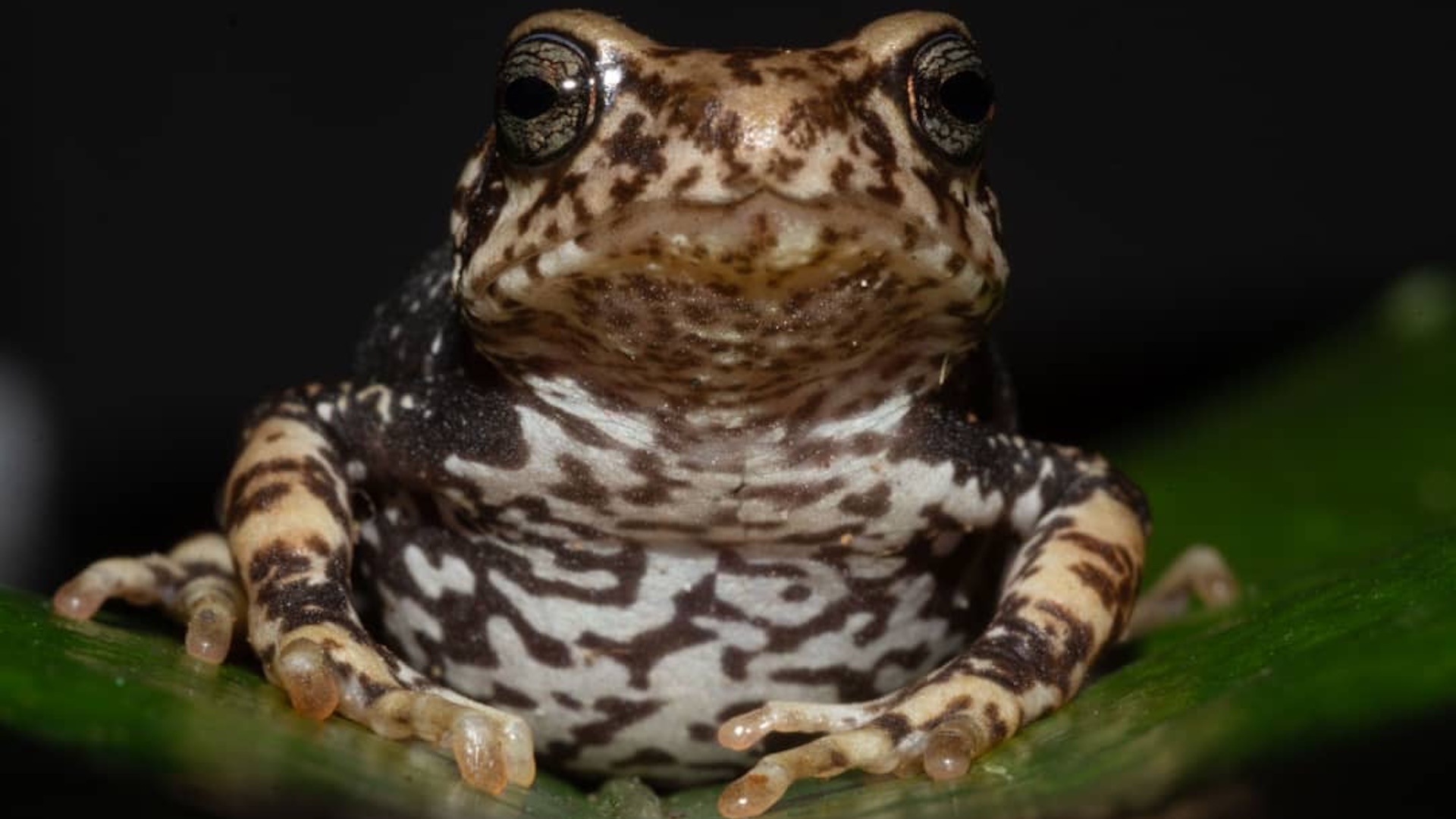Image Gallery: Invasive Species
The Invaders
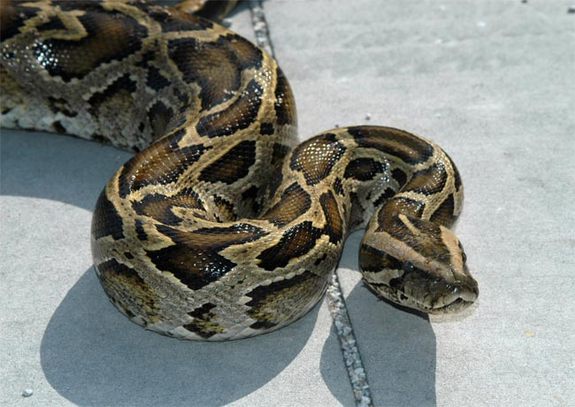
They are aliens that use their physical or other prowess to take over other ecosystems, having profound effects or native residents and the environment as a whole. They're called invasive species, and they come in various shapes and sizes, from the giant Burmese python to the teensy West Nile virus, spanning both animal and plant worlds. Here's a look at some of these pesky invaders.
Cane toads
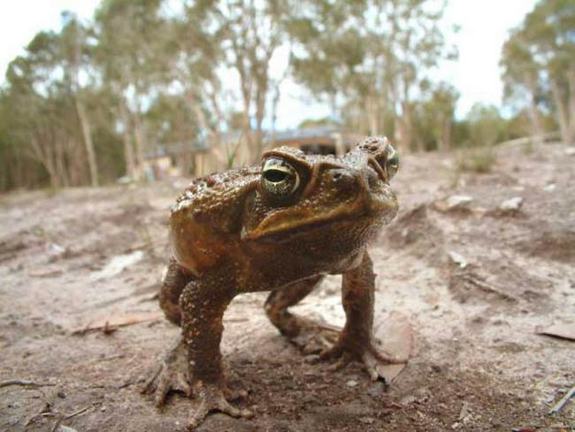
Cane toads (Bufo marinus) were originally introduced to Australia in 1935 to control sugar cane pests. The original batched numbered 102. The current population in Australia: 1.5 billion. A study presented in July 2010 at the Society for Experimental Biology Annual Conference in Prague showed that not only can the toads survive over a broad temperature range, but they prefer higher temperatures. That suggests global warming may be a boon for the invasive toads.
Killer shrimp
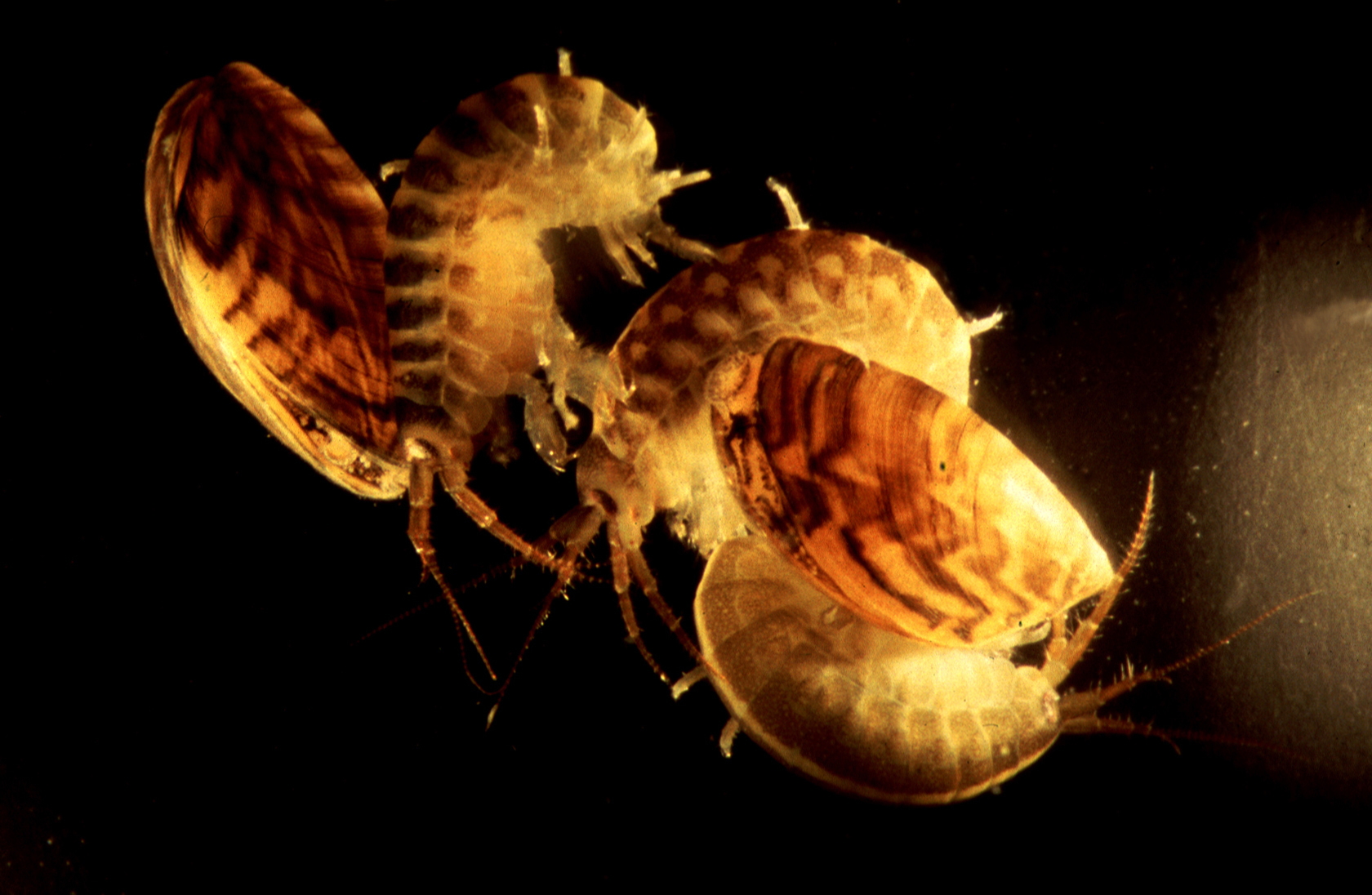
A "killer shrimp" that often slaughters and maims prey, like these zebra mussles, without eating them is now invading the British Isles and could potentially wipe out native species. The invader, known as Dikerogammarus villosus, is actually a shrimp-like crustacean called an amphipod. It makes up for its small stature – reaching just 1.2 inches (3 centimeters) in length – by having unusually large and powerful mouthparts for biting and shredding prey.
Midges
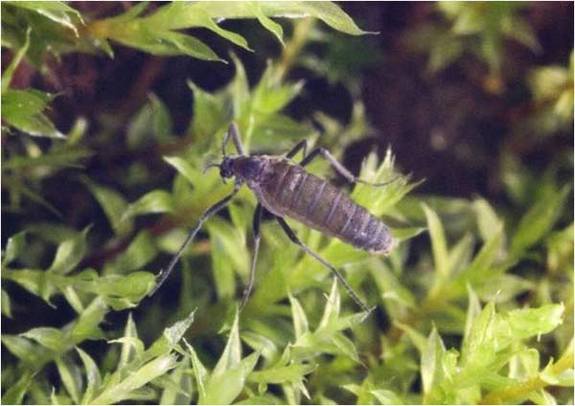
An adult midge found on Signy Island off Antarctica, where it is out-competing some native insect species.
Fire ant queen
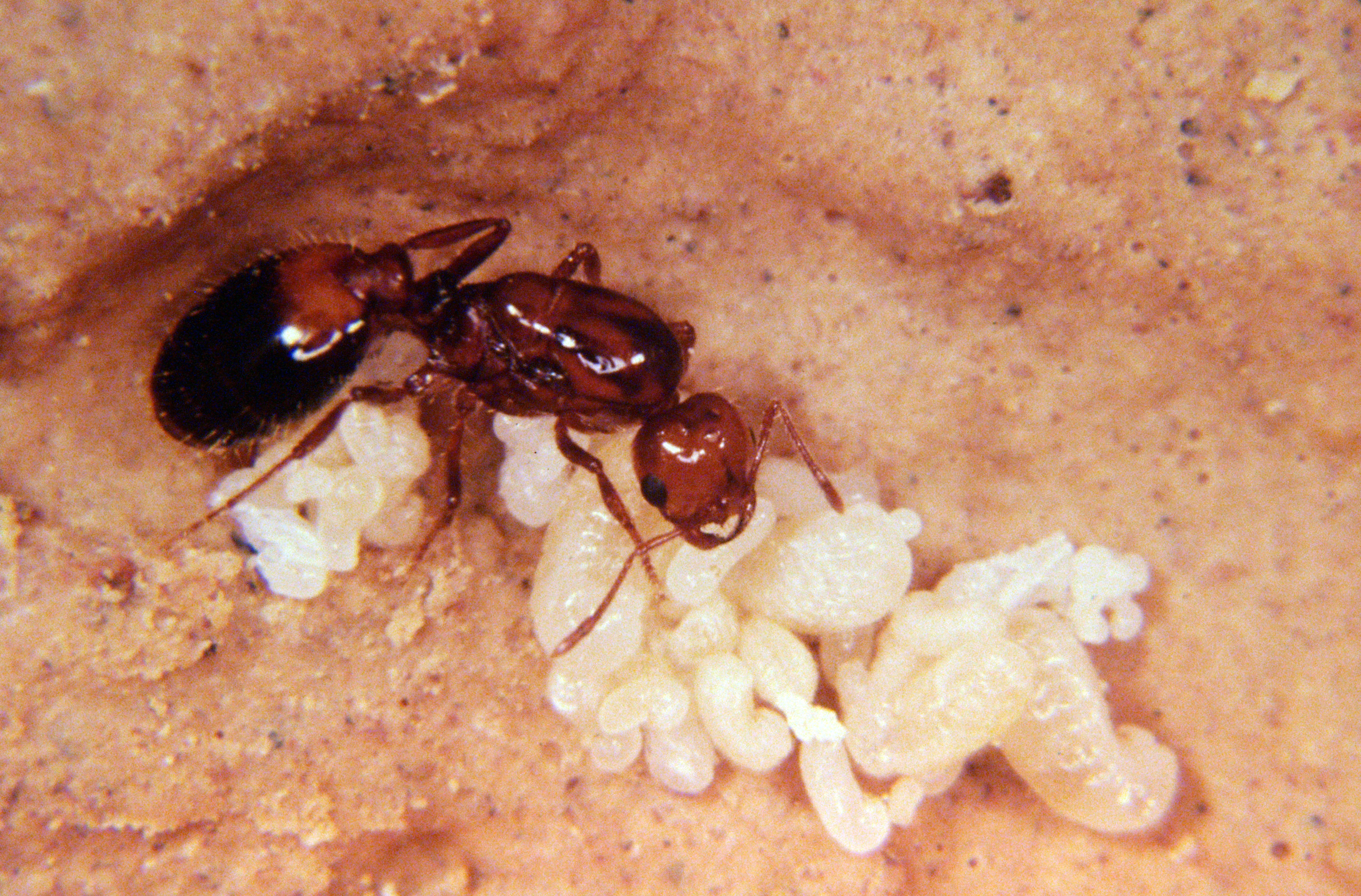
A colony-founding queen of the invasive species of fire ant that is believed to have spread to California, China and Australia from the southern U.S.
Burmese pythons
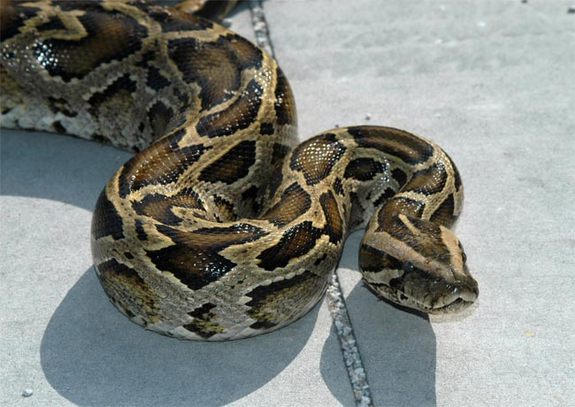
Burmese pythons, one of the largest snake species on Earth, are breeding in the Everglades National Park and spreading rapidly. Nearly 1,000 pythons have been removed from the park and surrounding areas since 2002, according to the National Park Service.
Invasive lionfish
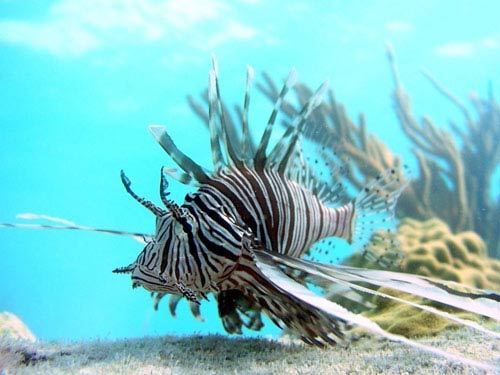
The invasive lionfish, called Pterois volitans, (shown here in the Virgin Islands National Park) poses a threat to the Caribbean ecosystem. Native to the Pacific Ocean, the predator is flourishing in U.S. coastal waters.
Get the world’s most fascinating discoveries delivered straight to your inbox.
Pesky Kudzu

Native to Asia, Kudzu (Pueraria montana) is a rapidly growing vine introduced to the United States in 1876 at the Centennial Exposition in Philadelphia as an ornamental plant. During the 1930s, the U.S. Soil Conservation Service promoted it to farmers in the Southeast as a way to control soil erosion. The plant can grow at astonishing rates, climbing up trees and killing them by blocking out life-giving sunlight. The vine is partial to roadsides, old fields, the edges of forests and other open areas.
West Nile virus
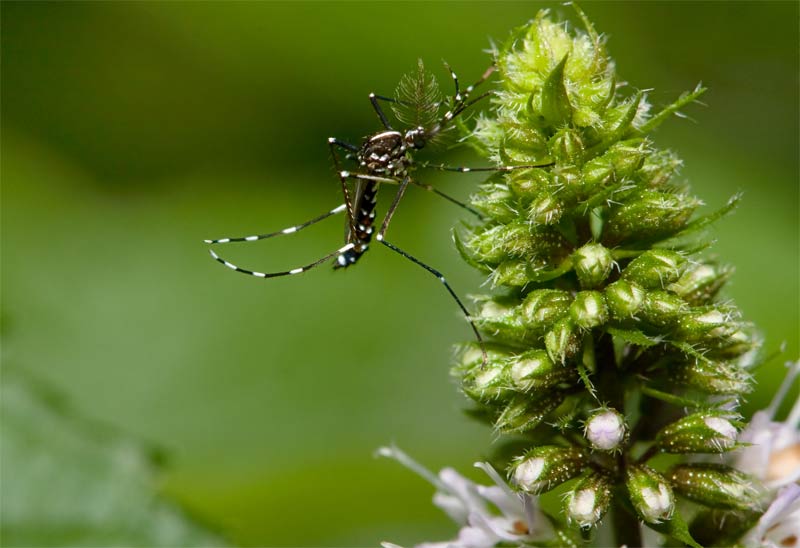
West Nile virus (Flavivirus) was first discovered in Africa and was accidentally introduced to the United States, according to the USDA. The virus is primarily an avian pathogen, transmitted among birds by bird-biting mosquitoes, such as the Asian tiger mosquito (shown here). The infected mosquitoes can then transmit the virus to humans they bite.

